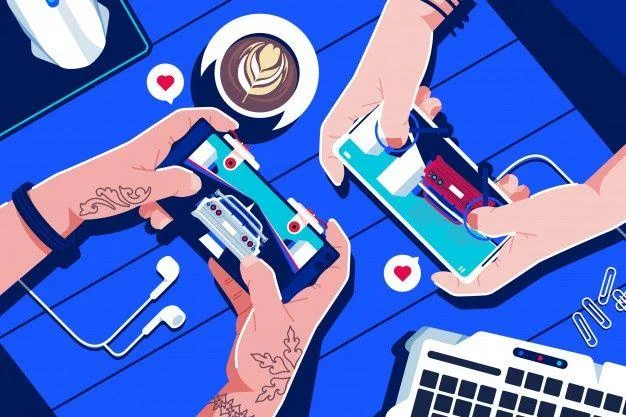In the competitive realm of gaming, a logo is more than just a visual mark. It’s an emblem of the community, a badge for the player, and a crucial element of brand identity that can make or break consumer perception. Creating a gaming logo, therefore, involves a meticulous blend of art, psychology, and technology to ensure it captures the spirit of the game and resonates with its audience.
In the dynamic world of video game branding, the ability to effectively make a gaming logo that stands out is essential. This process involves not just artistic flair but also a deep understanding of the gaming culture and the specific genre of the game. A successful gaming logo creator must harness cutting-edge design software to craft logos that are not only visually stunning but also evoke the game’s ethos and appeal directly to its target audience. From conceptual sketches to the final digital design, each step in creating a gaming logo is geared towards ensuring it captures the essence of the game, enhances its marketability, and builds a lasting connection with players around the globe.
Understanding the Gaming Demographic
The first step in creating a successful gaming logo is understanding who the players are. Gaming audiences can vary widely, from hardcore gamers who appreciate dark, intricate designs to casual players who prefer bright, simple imagery. The effective gaming logo maker must dive deep into demographic research to capture the essence of the audience’s preferences and gaming style.
The Creative Process
The creative process begins with brainstorming and sketching. Designers might draw inspiration from the game’s storyline, characters, or environment to start forming concepts that are unique and memorable. This stage is crucial for setting the groundwork for what will become a distinctive visual identity that stands out in a crowded market.
Integration of Technology
Advancements in technology have greatly enhanced the process of making gaming logos. Tools like Adobe Illustrator and CorelDRAW provide designers with powerful capabilities to bring their sketches to life in high definition. Moreover, AI-driven design tools can suggest color palettes, typefaces, and even logo structures based on current trends and historical data, ensuring the logo is not only creative but also market-relevant.
Psychological Impact
Color psychology plays a pivotal role in logo design. For instance, red can evoke feelings of excitement and passion, which might be perfect for an action-packed battle game, while blue might be used for a strategy game to invoke calmness and trust. The shape and form of the logo also affect perception; angular logos might suggest dynamism and aggression, suitable for competitive gaming, whereas rounded logos suggest accessibility and friendliness, ideal for social or casual games.
Testing and Feedback
With a prototype logo in hand, testing and feedback become vital. This phase involves presenting the logo to focus groups or using online platforms to gather impressions from a broader audience. Feedback can provide crucial insights into how the logo is perceived and whether it aligns with the gaming community’s expectations and values.
Final Touches and Launch
The final stage is refining the logo based on feedback and preparing it for various uses, such as online, in-game, merchandise, and promotional materials. Ensuring that the logo scales well and maintains its impact across different media is critical for a cohesive and professional brand identity.
Conclusion
Making a gaming logo is a sophisticated process that involves much more than just graphic design; it’s about creating an identity that gamers can embrace and rally behind. It combines artistic creativity with technological prowess and deep psychological understanding to forge something that not only represents the game but enhances the entire gaming experience. As the gaming industry continues to grow, the art and science of gaming logo design will only become more central to a game’s success and its community’s cohesion.









